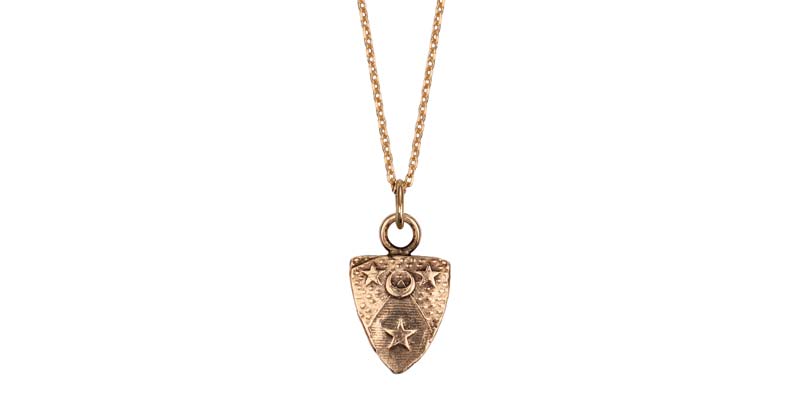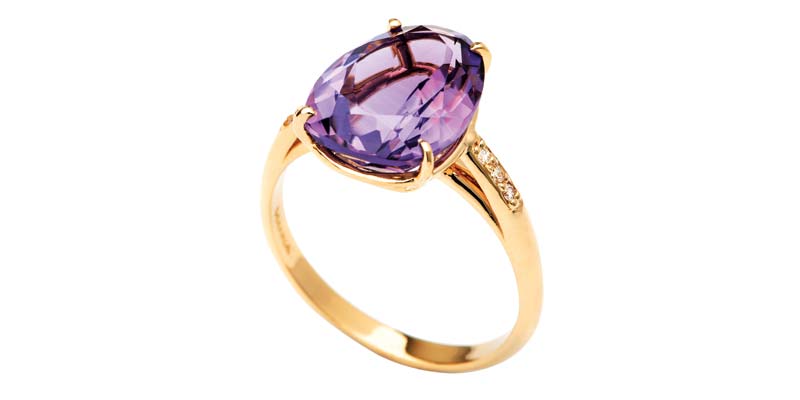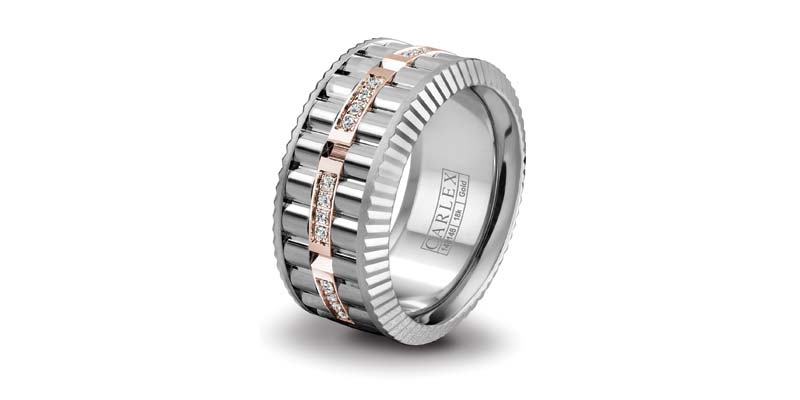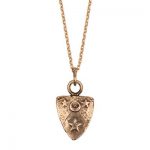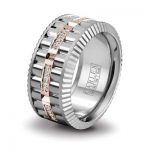David Siminski, vice-president of sales and marketing for United Precious Metal Refining (UPMR), agrees traceability is front and centre among consumers, and the industry is taking notice. The company received certification in May against Responsible Jewellery Council’s (RJC’s) 2013 Code of Practices (COP). It’s the latest audit to ensure the integrity of UPMR’s supply chain, which comprises metal received from jewellery or pawn shops for refining, rather than the mining, industrial, electronic, or dental industries.
“There is a big push right now for conflict-free and green metals, not only from the major department stores, but from designers and independents,” Siminski said. “When we bring in jewellery scrap and refine it, we are turning it back into pure gold, for example. It gets a fresh start. We can say at this point it wasn’t taken out of the ground and didn’t disturb Mother Earth.” Still, he says 100 per cent traceability is tricky. “We are following the chain as far back as we can,” he added. “If someone has melted material into a bar or an ingot, we make them sign a metal source document saying the metal came from their jewellery manufacturing or fabrication, so we have some type of traceability for the metal. The industry is lobbying the best it can and self-policing the best it can. Will it be perfect? Absolutely not, but is it better than it ever was? For sure.”



